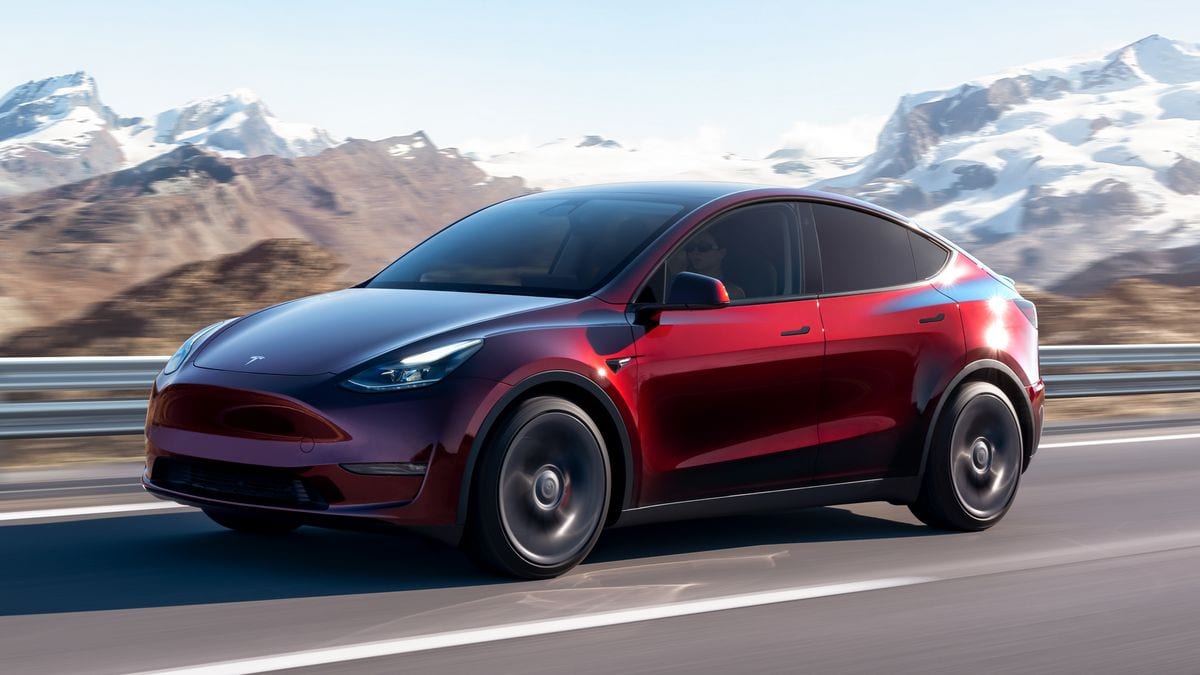Electric cars are living up to their promise of limiting human demand for oil and cutting transportation emissions, according to a new report from the International Energy Agency (IEA). So why aren’t you hearing about this constantly in the press? Because it’s happening mostly outside the United States.
The IEA is an international organization of 31 member countries that represent about three-quarters of all energy use. The group reports annually on global energy use and emissions.
Its latest report has a lot to say about cars.
One in Five New Cars Electric; U.S. Now Well Behind
Globally, the IEA reports, one in five new cars sold in 2023 was electric. “Global sales of electric cars climbed to around 14 million, an increase of 35% on the level of 2022,” the agency says. Americans bought about 15.5 million cars in 2023, so the move is the equivalent of 90% of the American market going electric.
But Americans made up a small percentage of the total. U.S. EV sales barely topped 1.2 million last year — just 8.5% of global EV sales.
Related: Tesla Slips – Now World’s Second-Largest EV Builder
As you might expect, China, the global leader in EV sales, saw the biggest impact from their use. The Chinese economy began to reopen from COVID-19 lockdowns last year, the agency explained. That meant a 50% increase in highway miles driven but only a 10% increase in gasoline consumption.
Total CO2 emissions per capita continue to fall in the U.S., driven mostly by changes in how electric power companies generate energy. That could translate to a bigger impact for electric cars – if Americans bought them in similar numbers to the Chinese.
Related: China Becomes World’s Top Auto Exporter
Global Emissions Rose Last Year, But EVs Helped
Planetwide, human energy use created more harmful emissions than ever last year. But the problem would have been worse without growth in EV sales.
The agency says “emissions growth would have been three times larger” without “growing deployment of five key clean energy technologies since 2019 — solar PV [photovoltaics], wind power, nuclear power, heat pumps, and electric cars.”
The largest contributor to the increase was a series of droughts, the agency says. Rainfall shortages in China, India, and North America saw energy companies, unable to produce energy from hydropower, burn more fuels to keep up with demand.


















